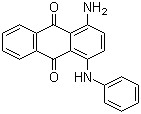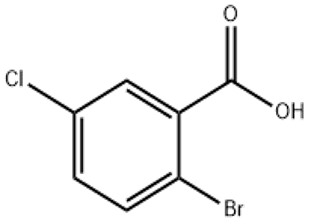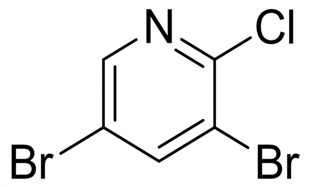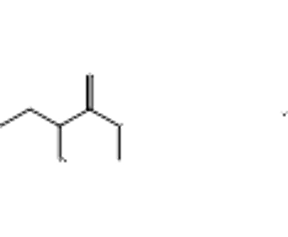Butylated hydroxyanisole(CAS#25013-16-5)
| Hazard Symbols | Xn – Harmful |
| Risk Codes | R22 – Harmful if swallowed R40 – Limited evidence of a carcinogenic effect R36/37/38 – Irritating to eyes, respiratory system and skin. R51/53 – Toxic to aquatic organisms, may cause long-term adverse effects in the aquatic environment. |
| Safety Description | S36/37 – Wear suitable protective clothing and gloves. S36/37/39 – Wear suitable protective clothing, gloves and eye/face protection. S26 – In case of contact with eyes, rinse immediately with plenty of water and seek medical advice. S61 – Avoid release to the environment. Refer to special instructions / safety data sheets. S29 – Do not empty into drains. |
| UN IDs | 2811 |
| WGK Germany | 2 |
| RTECS | SL1945000 |
| TSCA | Yes |
| HS Code | 29093090 |
| Toxicity | LD50 in mice, rats (mg/kg): 2000, 2200 orally (Lehman) |
Introduction
A pungent odor with a specific phenolic odor. Leather aroma, insoluble in water, soluble in oil, ethanol, glycerin, propylene glycol. It is quite stable to heat and is not easy to destroy under weakly alkaline conditions.
Write your message here and send it to us








